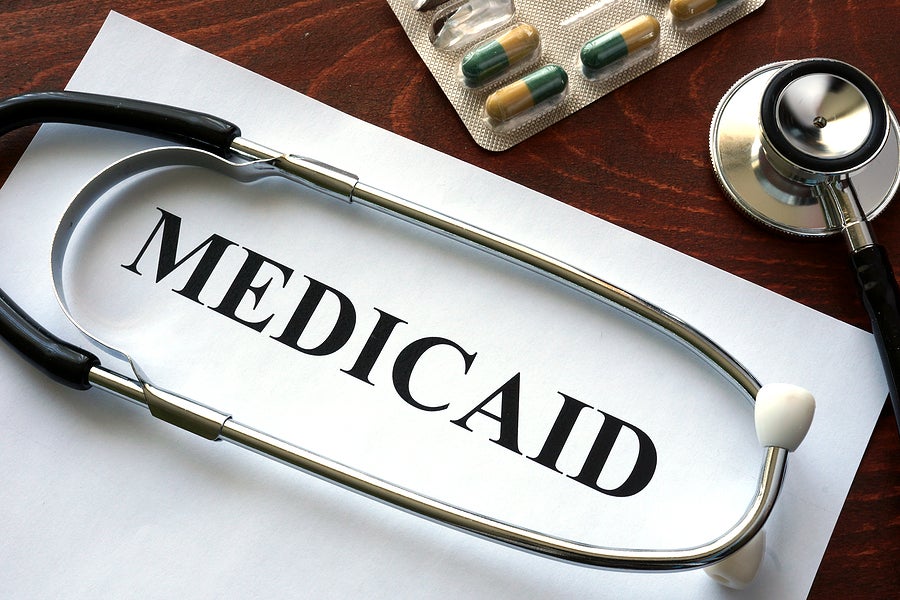As I have previously explained, under the highly effective Medicaid Drug Rebate Program, drug manufacturers must provide substantial rebates to the federal government and states as a condition of having their drugs covered by Medicaid. The rebates apply to both fee-for-service and to managed care. A groundbreaking 2021 Congressional Budget Office study found that compared to other federal programs and agencies, including the Department of Veterans Affairs, Medicaid obtained the lowest prescription drug prices, net of rebates and discounts.
At its October 2022 public meeting, staff of the Medicaid and CHIP Payment and Access Commission (MACPAC) presented new data again demonstrating the success of the Medicaid Drug Rebate Program in lowering federal and state prescription drug costs.
Key findings from the MACPAC data include:
- Total rebates lowered overall gross federal and state Medicaid prescription drug spending by nearly 53 percent in fiscal year 2021.
- The “best price” requirement is a key contributor to the success of the rebate program in lowering Medicaid costs related to brand-name drugs. According to MACPAC, in fiscal year 2020, for brand-name drugs, the federally required rebates provided discounts of 61.6 percent, on average. This was due to the two types of rebates for brand-name drugs required under federal law. Under a basic rebate, manufacturers must pay an amount equal to the greater of a minimum rebate of 23.1 percent of the average price paid by wholesalers for drugs (known as the Average Manufacturer Price or AMP) or the largest “best price” discount provided to most other private purchasers. Manufacturers must also pay an additional rebate if their prices rise faster than general inflation. MACPAC finds that in 2020, for brand-name drugs generally, the basic rebate averaged 38.3 percent overall, or 15.2 percentage points higher than the minimum rebate amount, demonstrating the importance of the best price requirement. (For only the brand-name drugs for which the best price determined the basic rebate amount, the basic rebate equaled 51.9 percent, or 28.8 percentage points higher than the minimum rebate amount. MACPAC finds that the best price was used for nearly 49 percent of brand-name drugs, as differentiated by National Drug Code, and more than two-thirds of brand-name prescription drug claims.) As I have previously warned, it is therefore critical that the best price requirement be retained. Efforts to undermine or eliminate best price would otherwise dramatically increase federal and state Medicaid prescription drug costs.
- The inflation-related rebates reduced prescription drug costs for brand-name drugs by 23.3 percent, on average, in 2020. (According to MACPAC, about half of brand-name drugs and more than 62 percent of brand-name prescription drug claims were subject to inflation-related rebates.) But for a small number of brand-name drugs — 4.7 percent of drugs accounting for 4.9 percent of claims — those rebates could be considerably larger starting on January 1, 2024. As part of the American Rescue Plan Act (P.L. 117-2) enacted in 2021, Congress eliminated a cap on total Medicaid drug rebates for both brand-name and generic drugs, under which total rebates previously could not exceed 100 percent of AMP. That cap effectively allowed some drug manufacturers that have imposed very large price increases over time to not pay rebates equal to the full difference between their price increases and inflation, as the Medicaid inflation-related rebates generally required. MACPAC estimates that without the cap, the inflation-related rebates for these drugs with substantial annual price increases would result in total rebates equal to 130.8 percent, which would encourage manufacturers of such drugs to lower prices and reduce or eliminate future price increases.
- The rebates for high-cost brand-name drugs are considerably smaller than for Medicaid-covered brand-name drugs overall. This is expected: such drugs tend to be new drugs, for which the best price may not be triggered because private purchasers are unable to obtain discounts greater than the minimum rebate and for which inflation-related rebates would not yet play a major factor. In 2020, according to MACPAC, for brand-name drugs with an average claim amount in excess of $10,000, the total average rebate equaled only 43.8 percent (26.7 percent for the basic rebate and 17.1 percent for the inflation-related rebate). But Congress could help address the fiscal impact of high-cost drugs by further strengthening the Medicaid Drug Rebate Program. For example, MACPAC has recommended increasing rebates for accelerated approval drugs, in order to help address rising Medicaid drug costs while also encouraging manufacturers of accelerated approval drugs to complete their post-market confirmatory clinical trials. The minimum rebate could also be increased more broadly for new drugs with excessive launch prices.
- In addition to the rebates required under federal law, states may negotiate supplemental rebates with manufacturers. While supplemental rebates accounted for only 6.5 percent of total rebates paid by manufacturers in 2021, states are now negotiating larger supplemental rebates than in the past. In fiscal year 2021, supplemental rebates equaled $2.8 billion, more than double the $1.3 billion in rebates negotiated by states in fiscal year 2018. States may be able to obtain even greater supplemental rebates by negotiating on behalf of both fee-for-service and managed care instead of relying on managed care plans to negotiate their own discounts (whether the pharmacy benefit is carved out or included in managed care benefits albeit with a uniform preferred drug list).


